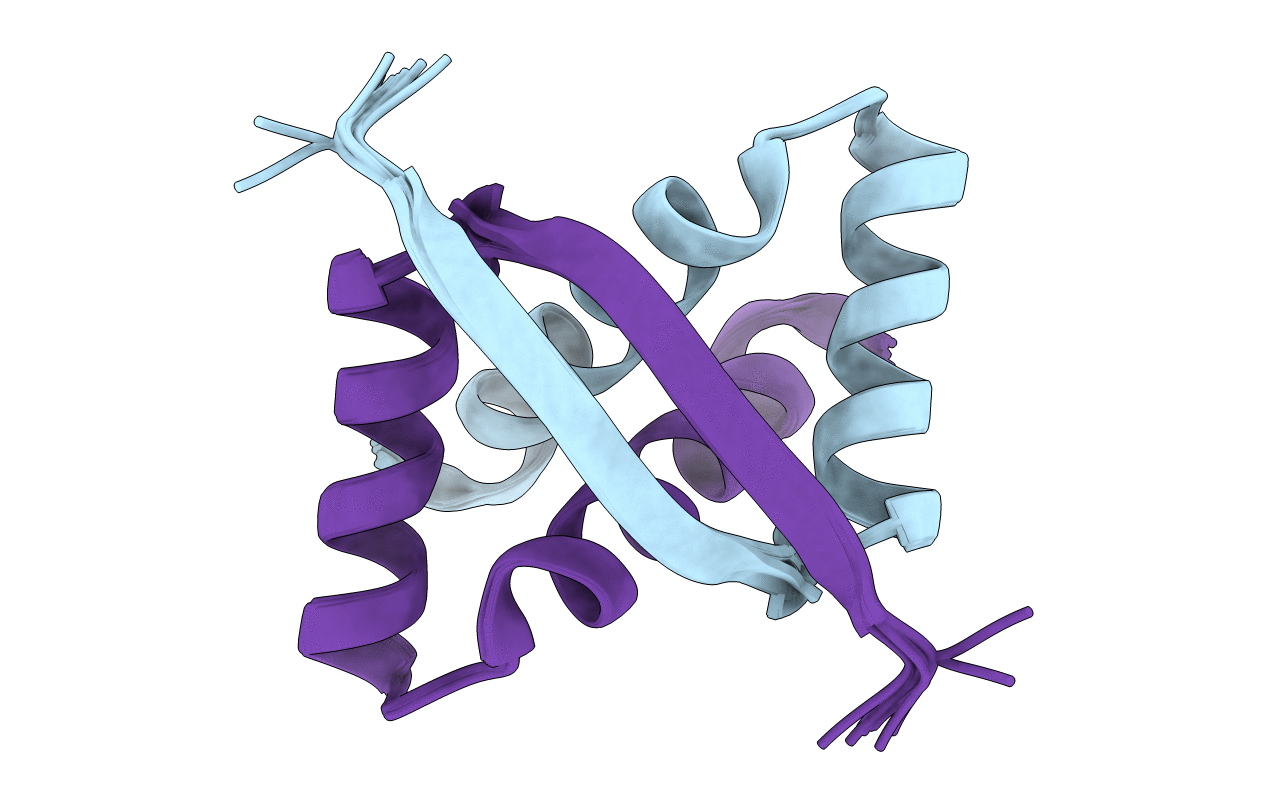
Deposition Date
2009-01-30
Release Date
2009-06-16
Last Version Date
2024-05-22
Entry Detail
PDB ID:
2KEL
Keywords:
Title:
Structure of the transcription regulator SvtR from the hyperthermophilic archaeal virus SIRV1
Biological Source:
Source Organism:
Sulfolobus islandicus rod-shaped virus 1 (Taxon ID: 157898)
Host Organism:
Method Details:
Experimental Method:
Conformers Calculated:
200
Conformers Submitted:
10
Selection Criteria:
structures with the lowest energy


